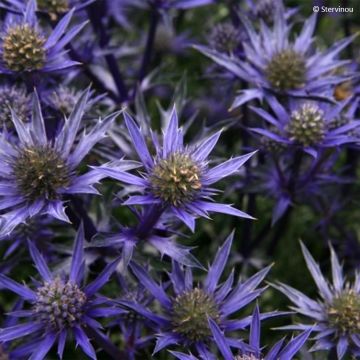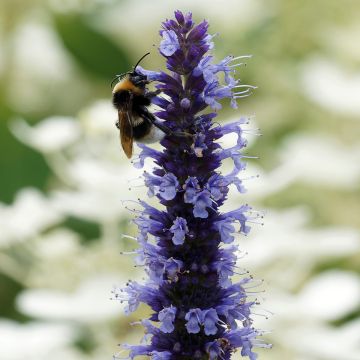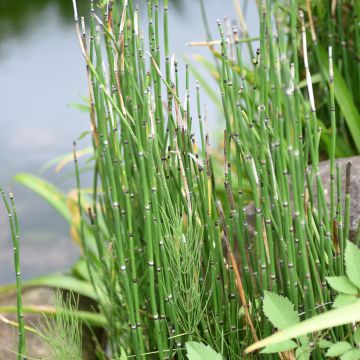

Hepatica nobilis Purple Forest


Hepatica nobilis Purple Forest


Hepatica nobilis Purple Forest


Hepatica nobilis Purple Forest
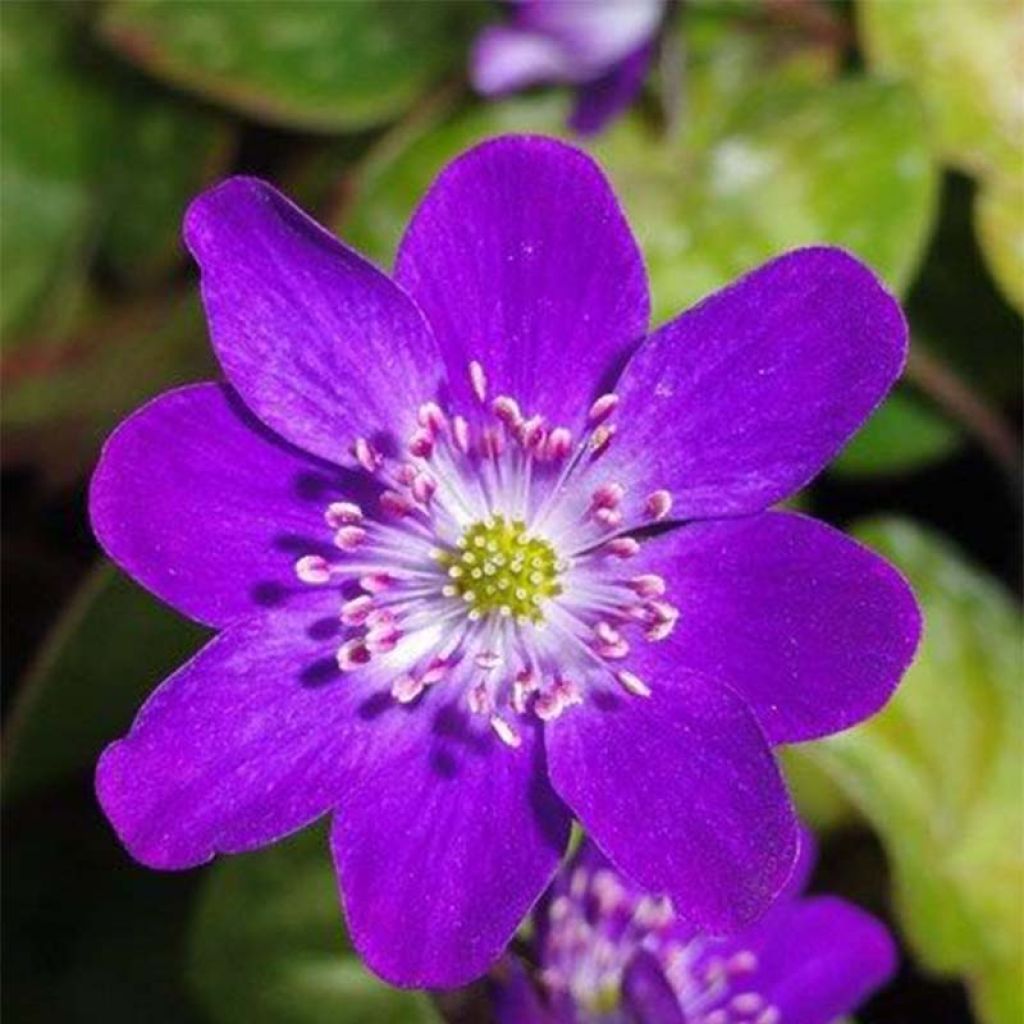

Hepatica nobilis Purple Forest
Hepatica nobilis Purple Forest
Hepatica nobilis Purple Forest
Liverwort, Noble Liverwort, Liverleaf, Kidneywort, Pennywort
Well-packaged young plant, arrived in good condition. Too early to assess the establishment.
Maryselegen, 08/12/2020
Special offer!
Receive a €20 voucher for any order over €90 (excluding delivery costs, credit notes, and plastic-free options)!
1- Add your favorite plants to your cart.
2- Once you have reached €90, confirm your order (you can even choose the delivery date!).
3- As soon as your order is shipped, you will receive an email containing your voucher code, valid for 3 months (90 days).
Your voucher is unique and can only be used once, for any order with a minimum value of €20, excluding delivery costs.
Can be combined with other current offers, non-divisible and non-refundable.
Why not try an alternative variety in stock?
View all →This plant carries a 12 months recovery warranty
More information
We guarantee the quality of our plants for a full growing cycle, and will replace at our expense any plant that fails to recover under normal climatic and planting conditions.
Would this plant suit my garden?
Set up your Plantfit profile →
Description
Hepatica nobilis 'Purple Forest' is part of a new series of noble liverworts with various colours that bring a lot of fantasy to this adorable little undergrowth plant. Its exquisite flowers are star-shaped and range from purple to violet, adorned with a lighter heart populated by pink stamens; they will animate rockeries and partially shaded borders of the garden, from the end of winter. Perennial but wandering, it likes to self-seed wherever it pleases: the plant for which you thought you had chosen the ideal spot may disappear for a reason only it seems to know, and 'move' at its convenience into one of your flower pots or in an unexpected place in the garden, forming here and there lovely cushions of trilobed leaves of an olive-green colour, which are decorative even in winter.
Hepatica nobilis, also called liverwort or liverleaf, is a perennial herbaceous plant of the Ranunculaceae family. It is present in almost all of Europe, as well as in Siberia and boreal America. Generally found in mountainous areas, it thrives in woodlands, on limestone and well-drained soil. The varieties of the 'Forest' series are derived from cross-breeding with the subspecies Hepatica nobilis var. japonica, which has large flowers of variable colour and often marbled foliage, but is less robust than our European hepatica.
The 'Purple Forest' cultivar develops slowly from a short and fibrous stump, forming a 15 cm (6 in) cushion in all directions. This small fluffy plant produces rosettes of tough, petioled leaves, divided into 3 round lobes, with shiny olive-green on the upper side, and reddish-brown or purple on the underside. The foliage usually persists in winter. Flowering takes place in March-April, more or less early depending on the climate. Each flower, 3-4 cm (1-2 in) in diameter, borne on a petiole just above the foliage, consists of 8 oval petals arranged in a star shape. In this 'Purple' variety, their colour can vary from pink-purple to violet-blue, creating a very pretty bouquet on this tiny plant.
Plant Hepaticas in groups of at least 6 to create a beautiful mass effect, in undergrowth, in all partially shaded areas, in rockeries or along paths or flower beds, but always in well-drained soil. They are charming when planted with early-flowering bulbs such as botanical crocuses, eranthis, daffodils, or Iris reticulata, for example.
Properties:
Hepatica nobilis is also a medicinal plant. Its name "hepatica" comes from the shape of its leaves, with 3 lobes, which can evoke that of the liver, as well as the reddish-brown colour of their undersides, which vaguely resembles that of this organ. According to the so-called "doctrine of signatures", which was authoritative in the Middle Ages, this small plant was reputed to treat liver ailments.
Report an error about the product description
Hepatica nobilis Purple Forest in pictures
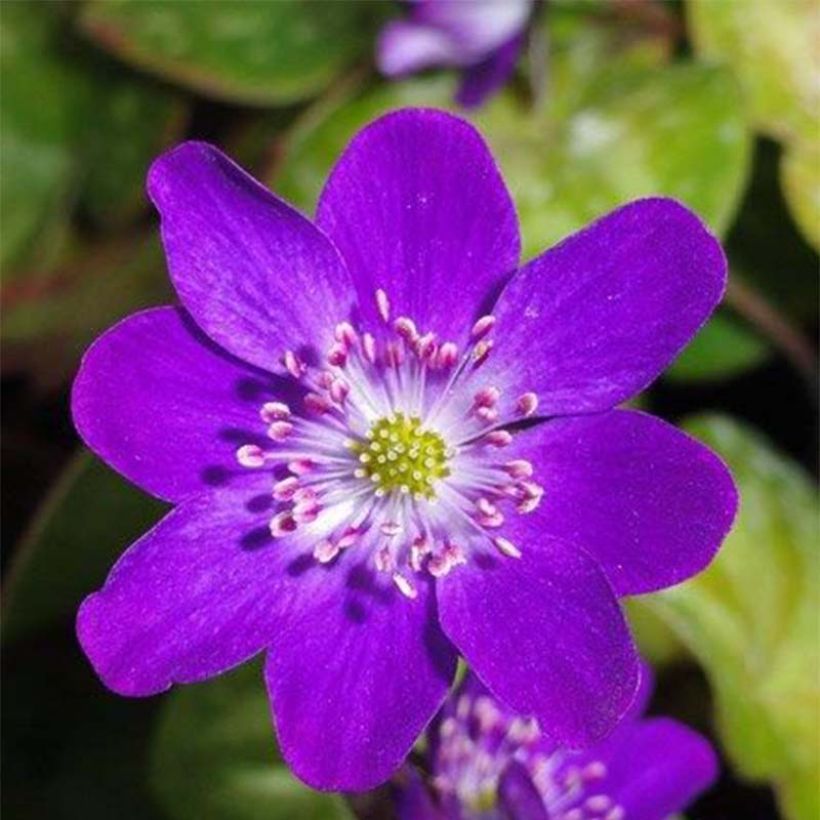

Flowering
Foliage
Plant habit
Botanical data
Hepatica
nobilis
Purple Forest
Ranunculaceae
Liverwort, Noble Liverwort, Liverleaf, Kidneywort, Pennywort
Cultivar or hybrid
Other Perennials A to Z
View all →Planting and care
Very beautiful mountain undergrowth perennials forming loose cushions that carpet limestone and mossy rocks, in a very humus-rich and fresh soil, and even soil that is moderately dry in summer, but never wet. They are not easy to grow in heavy soils, to which a lot of leaf compost must be added. These perennials show a preference for slightly alkaline soils, but appreciate leaf compost. They will find a prime spot in a shady and rather cool rockery, in the company of Ramonda myconii, shade saxifrages, Mitella, and Heuchera, etc. These plants often self-seed wherever they please: the resulting plants may not necessarily show the same flower colour as their parent. Liverwort is not very prone to diseases and parasites.
Planting period
Intended location
Care
-
, onOrder confirmed
Reply from on Promesse de fleurs
Haven't found what you were looking for?
Hardiness is the lowest winter temperature a plant can endure without suffering serious damage or even dying. However, hardiness is affected by location (a sheltered area, such as a patio), protection (winter cover) and soil type (hardiness is improved by well-drained soil).

Photo Sharing Terms & Conditions
In order to encourage gardeners to interact and share their experiences, Promesse de fleurs offers various media enabling content to be uploaded onto its Site - in particular via the ‘Photo sharing’ module.
The User agrees to refrain from:
- Posting any content that is illegal, prejudicial, insulting, racist, inciteful to hatred, revisionist, contrary to public decency, that infringes on privacy or on the privacy rights of third parties, in particular the publicity rights of persons and goods, intellectual property rights, or the right to privacy.
- Submitting content on behalf of a third party;
- Impersonate the identity of a third party and/or publish any personal information about a third party;
In general, the User undertakes to refrain from any unethical behaviour.
All Content (in particular text, comments, files, images, photos, videos, creative works, etc.), which may be subject to property or intellectual property rights, image or other private rights, shall remain the property of the User, subject to the limited rights granted by the terms of the licence granted by Promesse de fleurs as stated below. Users are at liberty to publish or not to publish such Content on the Site, notably via the ‘Photo Sharing’ facility, and accept that this Content shall be made public and freely accessible, notably on the Internet.
Users further acknowledge, undertake to have ,and guarantee that they hold all necessary rights and permissions to publish such material on the Site, in particular with regard to the legislation in force pertaining to any privacy, property, intellectual property, image, or contractual rights, or rights of any other nature. By publishing such Content on the Site, Users acknowledge accepting full liability as publishers of the Content within the meaning of the law, and grant Promesse de fleurs, free of charge, an inclusive, worldwide licence for the said Content for the entire duration of its publication, including all reproduction, representation, up/downloading, displaying, performing, transmission, and storage rights.
Users also grant permission for their name to be linked to the Content and accept that this link may not always be made available.
By engaging in posting material, Users consent to their Content becoming automatically accessible on the Internet, in particular on other sites and/or blogs and/or web pages of the Promesse de fleurs site, including in particular social pages and the Promesse de fleurs catalogue.
Users may secure the removal of entrusted content free of charge by issuing a simple request via our contact form.
The flowering period indicated on our website applies to countries and regions located in USDA zone 8 (France, the United Kingdom, Ireland, the Netherlands, etc.)
It will vary according to where you live:
- In zones 9 to 10 (Italy, Spain, Greece, etc.), flowering will occur about 2 to 4 weeks earlier.
- In zones 6 to 7 (Germany, Poland, Slovenia, and lower mountainous regions), flowering will be delayed by 2 to 3 weeks.
- In zone 5 (Central Europe, Scandinavia), blooming will be delayed by 3 to 5 weeks.
In temperate climates, pruning of spring-flowering shrubs (forsythia, spireas, etc.) should be done just after flowering.
Pruning of summer-flowering shrubs (Indian Lilac, Perovskia, etc.) can be done in winter or spring.
In cold regions as well as with frost-sensitive plants, avoid pruning too early when severe frosts may still occur.
The planting period indicated on our website applies to countries and regions located in USDA zone 8 (France, United Kingdom, Ireland, Netherlands).
It will vary according to where you live:
- In Mediterranean zones (Marseille, Madrid, Milan, etc.), autumn and winter are the best planting periods.
- In continental zones (Strasbourg, Munich, Vienna, etc.), delay planting by 2 to 3 weeks in spring and bring it forward by 2 to 4 weeks in autumn.
- In mountainous regions (the Alps, Pyrenees, Carpathians, etc.), it is best to plant in late spring (May-June) or late summer (August-September).
The harvesting period indicated on our website applies to countries and regions in USDA zone 8 (France, England, Ireland, the Netherlands).
In colder areas (Scandinavia, Poland, Austria...) fruit and vegetable harvests are likely to be delayed by 3-4 weeks.
In warmer areas (Italy, Spain, Greece, etc.), harvesting will probably take place earlier, depending on weather conditions.
The sowing periods indicated on our website apply to countries and regions within USDA Zone 8 (France, UK, Ireland, Netherlands).
In colder areas (Scandinavia, Poland, Austria...), delay any outdoor sowing by 3-4 weeks, or sow under glass.
In warmer climes (Italy, Spain, Greece, etc.), bring outdoor sowing forward by a few weeks.




































